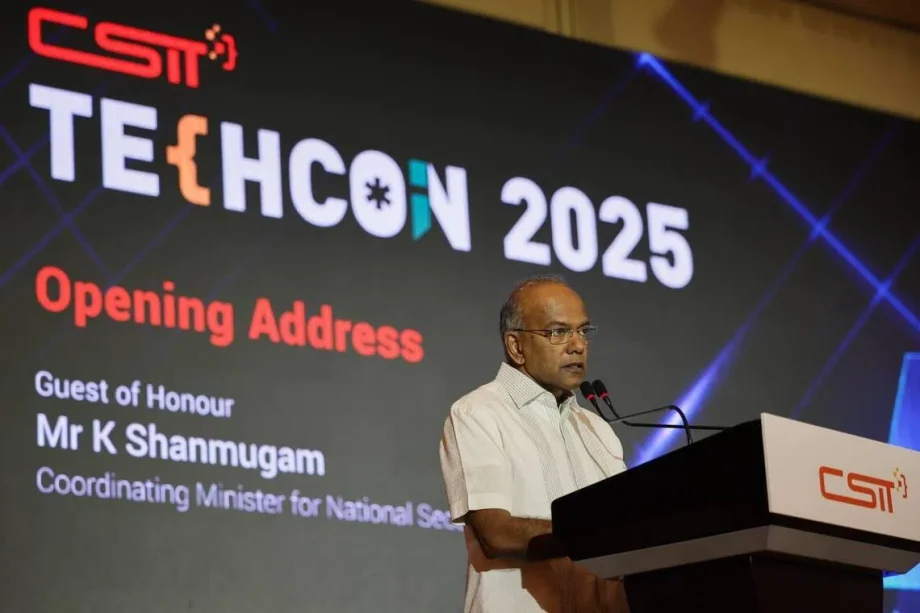SINGAPORE – With cyber attacks becoming more sophisticated, the Ministry of Defence has established a new unit to equip the Government’s network defenders with stronger capabilities, while tightening their coordination.
The new Digital Defence Hub (DDH), which comes under Mindef’s Centre for Strategic Infocomm Technologies (CSIT), has also been tasked with driving cyber-security collaboration, both within the Government and with the private sector.
Coordinating Minister for National Security K. Shanmugam announced the new unit on Oct 17 at TechCon, an annual closed-door technical conference hosted by CSIT.
Speaking at the conference, he said the new unit will focus on developing and deploying capabilities to support a wide range of public agencies and missions important to national security, such as to counter advanced persistent threats (APTs).
APTs are well-resourced attackers, usually state-linked, who lurk in networks to steal sensitive information or disrupt essential services.
In July, Mr Shanmugam had said the authorities were dealing with an ongoing attack on Singapore’s critical information infrastructure by UNC3886, an APT group. While the authorities did not disclose UNC3886’s sponsors, experts have linked the group to China.
In his conference speech, Mr Shanmugam said suspected APT attacks on Singapore more than quadrupled between 2021 and 2024. Other forms of digital threats that can severely disrupt societies, such as ransomware attacks and digital scams, are also evolving quickly, he noted.
“The challenges are growing. As a highly connected and digital society, stepping up our digital defence, is a clear priority,” said Mr Shanmugam, who is also Home Affairs Minister.






